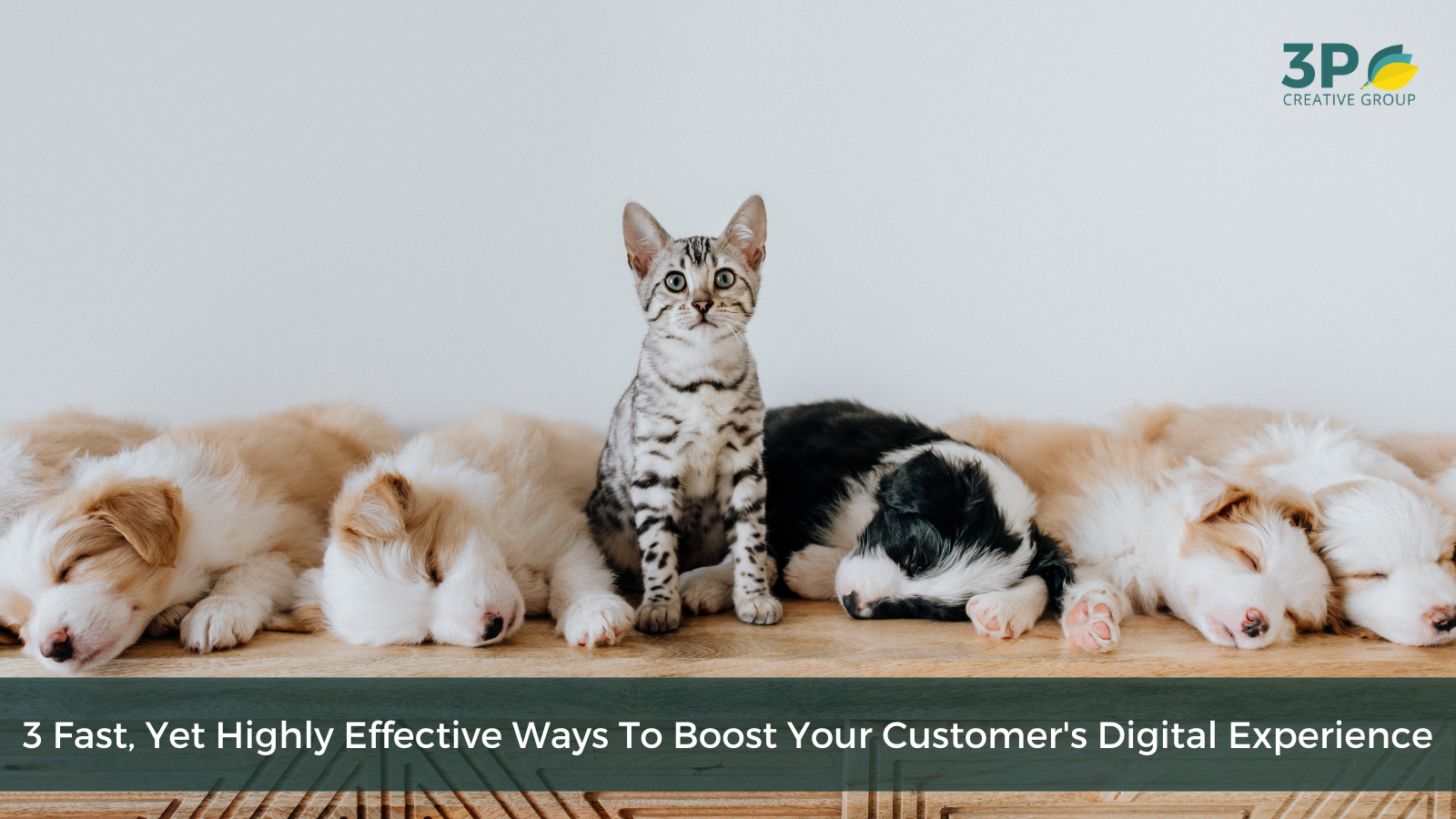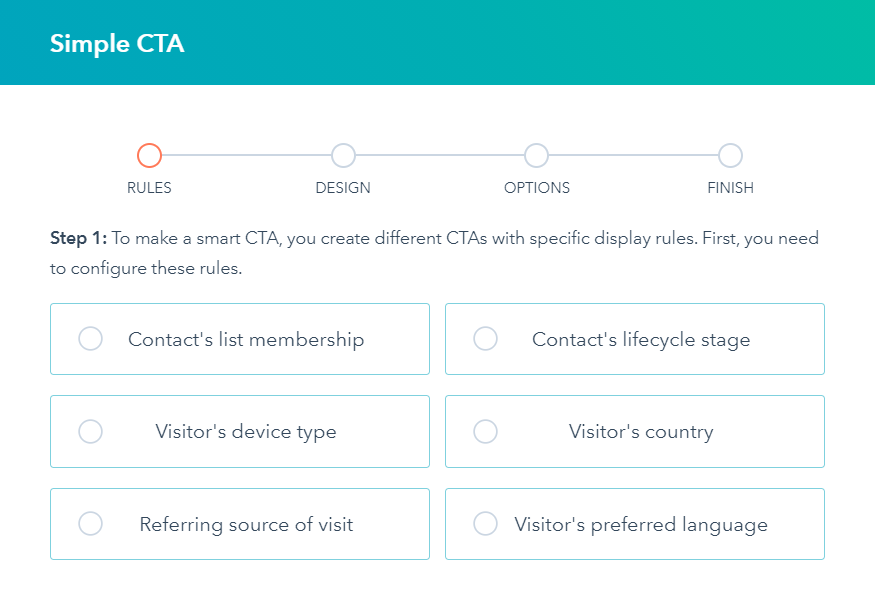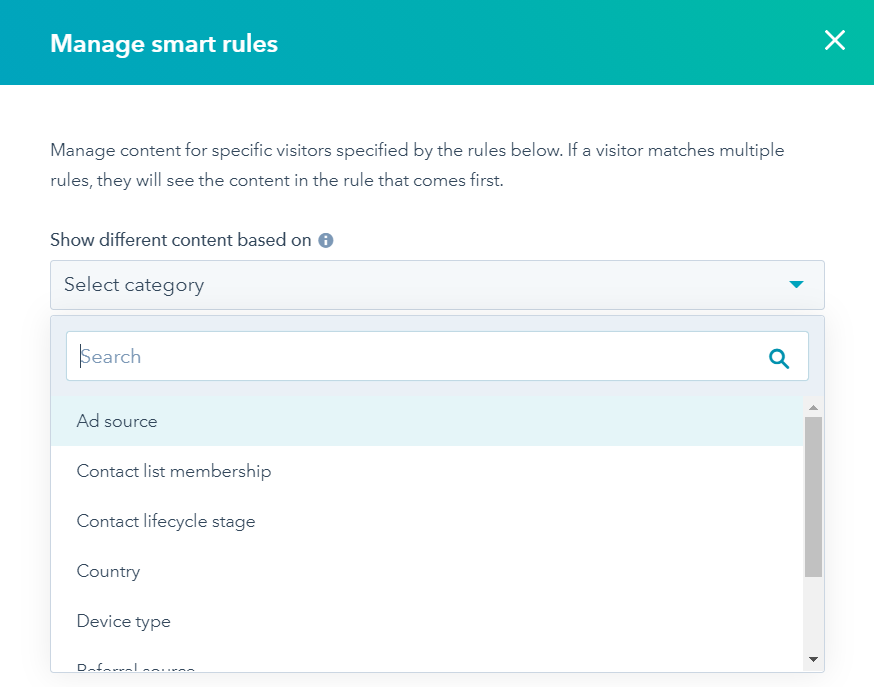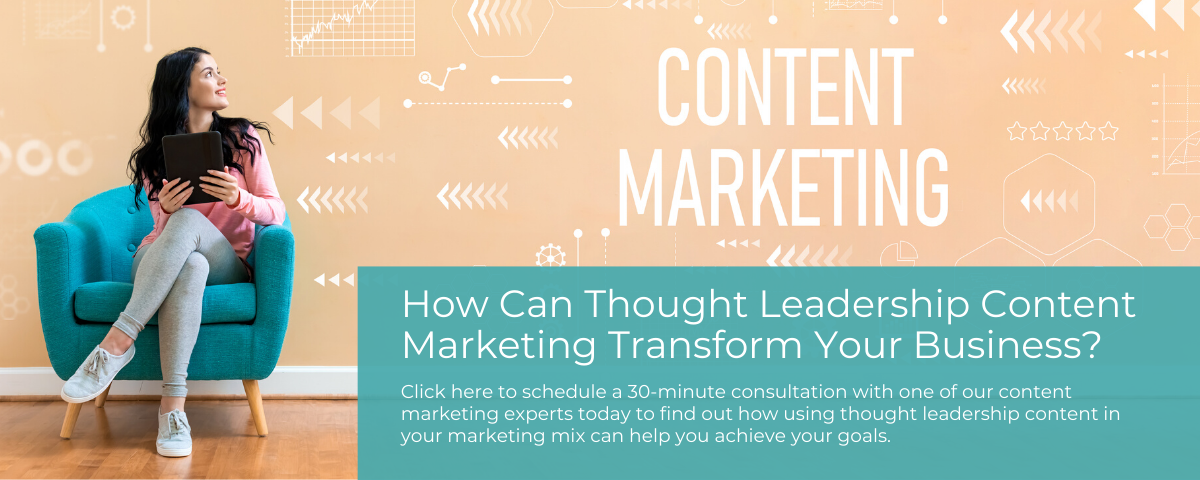3 Fast, Yet Highly Effective Ways To Boost Your Customer's Digital Experience
According to Forrester, "In 2019, 85% of executives saw digital as a nice-to-have." In other words, the vast majority of businesses thought of digital as optional and not required for survival. For me, this statistic was very surprising given how much we buy, interact, and spend our day online.
But then 2020 hit and the world was turned upside-down. Businesses like local supermarkets, restaurants, and even medical providers that never had even considered a Digital Transformation strategy had to quickly adjust because the customer expectations drastically changed overnight.
Suddenly, customers were demanding a seamless digital experience, and if they didn't receive one, they would move on to a competitor. Quickly after the pandemic started, customers flocked to those companies that could adjust the quickest and who provided the best customer experience. Now, creating outstanding digital experiences isn't a nice-to-have. It is a crucial requirement to stay in the game.
As logical as that may sound, many marketers struggle to translate the theoretical concept into achievable goals for themselves. Today, I want to share with you a few examples in the hopes of inspiring you to get creative about how you can translate this into delighting your customers using contextual content.

Contextualization: Personalize Your Website To The Context Your Content Is Viewed In
One thing I absolutely adore about living in a tiny Tuscan village is that you build relationships with everyone around you. Whether it is the butcher in Florence who keeps back some fresh bones for you because he likes your dog, the owner of our favorite gelato shop who is always happy to see our little one as she LOVES his ice cream like no other, or the old lady up the street who strikes up a conversation and smiles from ear to ear when you are struggling in still-broken Italian, relationships like these make you feel special and cared about.
You want to achieve the same effect with your customers on your website. If the people coming to your website are customers, shouldn't they be treated differently than a new visitor you have never seen before? Maybe you can address them by their name or reference their company name if you are in the B2B space.
In marketing speak, we call that "Contextualizing" which means nothing other than using the information that you gathered in this and previous interactions to create the best user experience by providing the most relevant information.
While your digital experience should always be carefully planned out as part of a larger, holistic customer-engagement strategy, I would love to show you some quick and easy wins that you can implement today that will provide your customers with a better digital experience right away. Some of these examples are from work we have done, and others are from other great marketers, but hopefully all the examples will inspire you to do this yourself.
1. Address Your Visitor By Name
Last night, my daughter got a notification on her iPad and called out in delight: "Awww, SimplePiano knows my name. Look! They said, 'Eliana, it is time to practice piano!'" The simple gesture of addressing someone by their name or referring to their company name can make all the difference.
Below is an example of the bottom of a product page that invites the visitor to schedule a consultation. Instead of copying and pasting the same call-to-action on every product page, we took the pain point that the visitor needs the most help with (in this case cutting costs) and combined it with the person's company.
.png?width=1920&name=Solutions-Reduce-Resource-Cut-Cost%20(2).png)
An easy and very effective place to quickly try this is your Contact Us page. If you know the person, you could say something like, "Hi, Hannah. It is nice to see you again!" rather than "Hi. How can we help you today?" which is more appropriate for strangers.
2. Allow Your Leads To Book Meetings Directly With Their Dedicated Salesperson
Let's say you want to make a larger investment purchase like, for example, an exercise bike. You go to some website and do a bunch of research, but you still have questions. You call the number listed on the Contact Us page and are delighted when a friendly salesperson walks you through the details. You decide you want to discuss this with your spouse and make a decision in a couple of days. After a couple of days, you would really like to ask a few detailed follow-up questions. You call again, hoping to reach the same person so you don't have to repeat the same information again.
You can accomplish this by adding contextual call-to-action buttons in strategic places on the website such as, for example, your Contact Us page. If the visitor is a known lead that has a salesperson assigned to them, then the general "Contact Sales" button gets switched to display the personalized meeting link of the salesperson. Let's say that I am your dedicated salesperson and you go to that contextualized Contact Us page. You would find this button.

We recently implemented this on a new client's website in the B2B space with huge success. Only a few months have passed, but already the contextual sales meeting links are positively contributing to the company's bottom line as you can see here from the attributed revenue reporting.
3. Contextualize By Prior Behavior
Another way to score a quick win is to switch out call-to-action buttons that have already been acted on by the visitor because showing them the same CTA buttons doesn't help as they will not convert on the same offer twice. But you can also create a smart CTA button, adjusting the contents based on the contact's list membership (Has he already downloaded this offer?) and the contact's lifecycle stage, device type, country, referral source, or preferred language.

My tip: pick a call-to-action that gets a lot of views but not a lot of submissions. After A/B testing that your messaging and design are good to go, you can also adjust the messaging. A lot of B2B technology companies work with resale partners of service providers. You could, for example, show a partner-specific CTA to every visitor that is an employee of a partner. There are a lot of great ways to make use of this — just put yourself in your buyer persona's shoes, imagine what it's like to go through that particular process, and see what you could improve.
How To Contextualize Your Content In Hubspot
If you are using the Hubspot CMS or Marketing Hub, contextualizing is easy. Simply select a page you would like to personalize and pick a module that allows smart rules (contextualization). Keep in mind that you first should create the default content that is being shown to anyone who does not match the smart rules you will set next. Then create specific rules around who should see different content, and then define what that content is.
You can use the following parameters to create smart rules:
- Ad Source (e.g., Do they come from LinkedIn advertisements or Google Ads?)
- Contact List Membership (e.g., all contacts with a specific Hubspot owner)
- Contact Lifecycle Stage (e.g., all customers)
- Country (e.g., Maybe you have a product that has specific configurations in some countries. Another quick win is to contextualize your contact by geography. For example, if you have multiple office locations, offer the one that is nearest to their country as the nearest location and list the others after as additional options. This cuts down the time a visitor has to spend searching, as the website immediately serves up the most relevant information.)
- Device Type (e.g., We built a landing page for a company offering rehab solutions for traumatic brain injury patients. The company had developed a test that would help determine if the patient was a good fit for their solution, but the test had to be done from a desktop, not a mobile device. Since entering information into a form is difficult for TBI patients, we used contextual information to significantly streamline the process.)
- Referral Source (e.g., For another customer in the B2B technology space, we created specific partner landing pages based on the referral source.)
- Preferred Language (e.g., Translate specific elements into the chosen language.)
- Query Parameter (e.g., Name is/contains/begins with [Value])

As you can see, it is easy to do. However, beyond a quick one-off contextualization, it is essential to very carefully plan your customer's buying journeys and map them to specific contextual experiences. This has to happen on a holistic level so that the overall customer experience is seamless.
Share this
You May Also Like
These Related Stories

Smart CTAs: Why & How To Create Them In HubSpot

SEO-, Customer-, Or ABM-Centric: Which Content Marketing Strategy Is More Successful For B2B Tech Companies?

.png?width=250&height=125&name=TrustBuilderLogoWhiteTranspBackgr(250x125%20px).png)



No Comments Yet
Let us know what you think